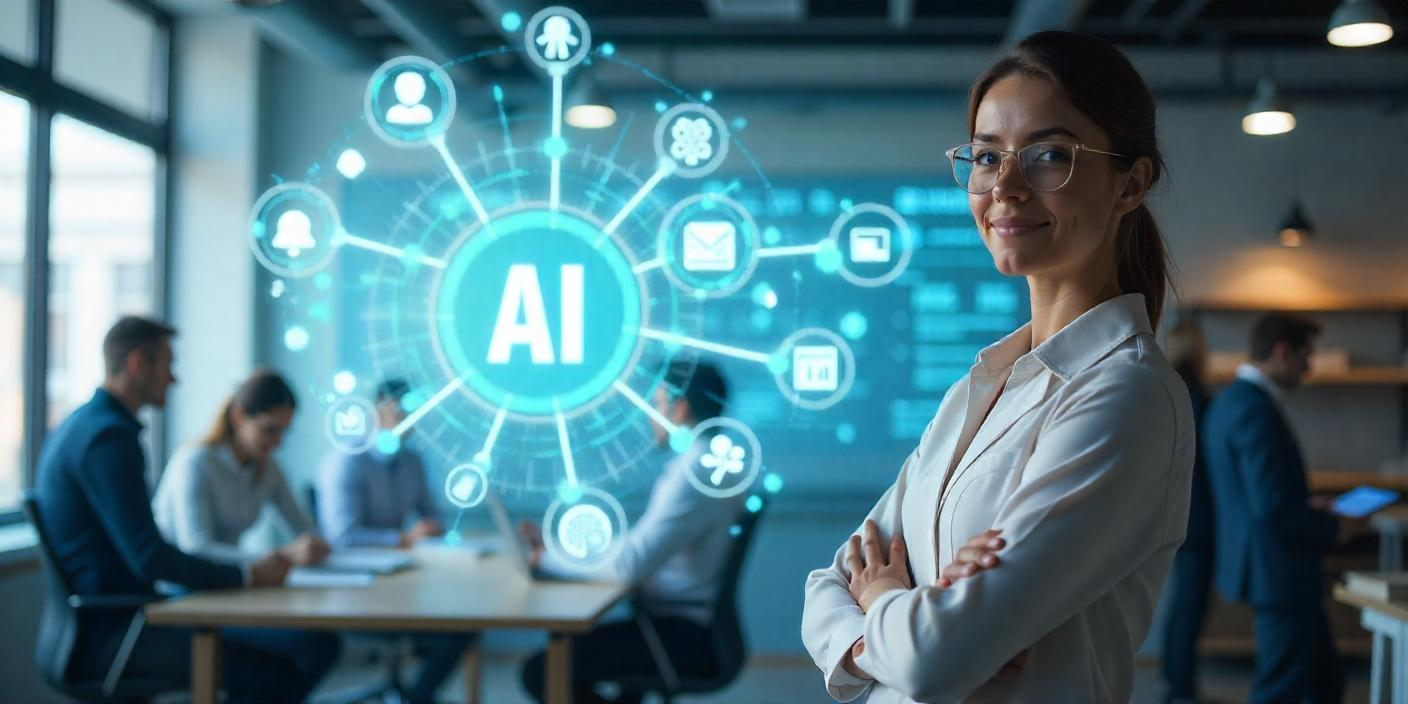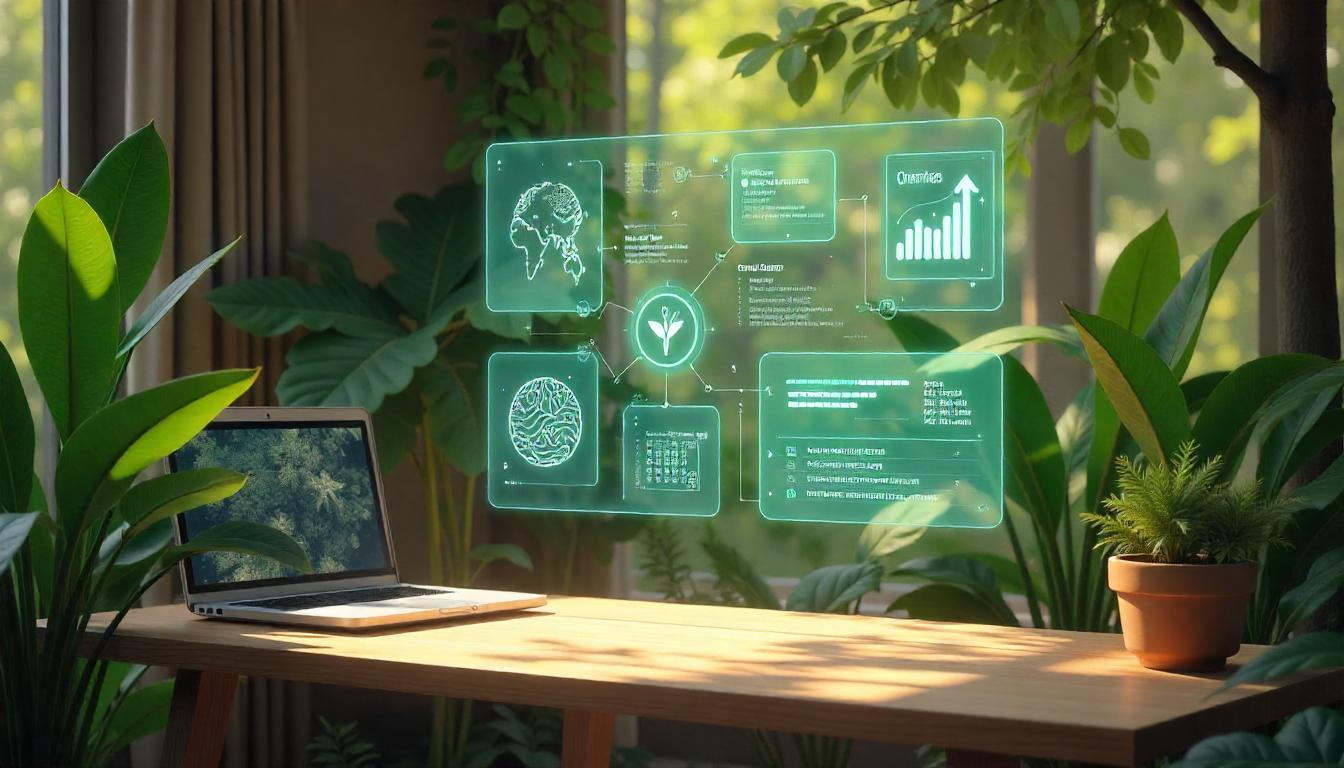News
1. Portable renewable energy
Kitepower, a Netherlands-based company, is introducing an innovative airborne wind energy (AWE) system called the Hawk, which uses a kite tethered to a ground station to generate electricity, targeting off-grid locations and complementing solar power. This portable system, which fits into a standard shipping container and can be assembled in less than 24 hours, aims to provide a more sustainable and efficient alternative to diesel generators for temporary or remote power needs.(IEEE Spectrum).
2. Solid state battery
Researchers at Harvard’s John A. Paulson School of Engineering and Applied Sciences have developed a new lithium metal battery that can be recharged in minutes and withstands at least 6,000 charging cycles. This solid-state battery, which uses micron-sized silicon particles in the anode to prevent dendrite formation, retains 80% of its capacity after 6,000 cycles and has been licensed to Adden Energy, a Harvard spinoff company (PV Magazine).
3. Space tug
Impulse Space is developing Helios, a new class of space tug designed to transport larger satellites to more distant orbits, including direct transfers to geostationary orbit. Helios, which can fit within a Falcon 9 fairing, is powered by the robust Deneb engine and aims to provide a cost-effective and efficient alternative to traditional launches, with plans to debut in 2026 (Arstechnica).
4. Alzheimer’s disease
An international team of neuroscientists has identified five distinct subtypes of Alzheimer’s disease, each linked to specific molecular processes and genetic risk profiles. This breakthrough, which used mass spectrometry proteomics to analyze cerebrospinal fluid, suggests that Alzheimer’s should not be treated as a single diagnosis but rather as five specific types, potentially leading to more effective and targeted treatment approaches (Nature Aging).
5. Long COVID
Researchers have developed a computational model to predict the likelihood of developing long COVID by analyzing over 6,500 proteins in blood samples. This study, which compared blood samples from COVID-19 positive individuals with those from healthy adults, identified key biomarkers related to immune responses, blood clotting, and inflammation, offering insights into diagnosing and monitoring long COVID, a condition affecting an estimated 65 million people globally (Nature).
6. Microsoft Copilot
Microsoft has rebranded its AI image generator, previously known as Bing Image Creator, to “Image Creator from Designer,” aligning it with Microsoft’s graphic design app, Designer. Additionally, Copilot Pro subscribers now receive enhanced features with Image Creator from Designer, including 100 boosts per day for improved AI image generation, compared to the previous limit of 25 boosts per week. Copilot Pro users can also access Copilot in select Microsoft 365 apps to draft documents, summarize emails, and create presentations (ZDNet).
7. Humanoid robots
Figure, a robotics company, has signed its first commercial deal to deploy its general-purpose humanoid robots at BMW’s manufacturing plant in South Carolina. These robots will be engaged in real-world tasks such as body shop work and warehouse logistics, marking a significant step in the practical application of humanoid robotics in industrial settings (New Atlas).
8. A robot that grows like a vine
Researchers have developed FiloBot, a robot that grows like a vine in response to stimuli such as light and pressure, by 3D printing its own body from a base that supplies plastic. This technology, which allows the robot to navigate unpredictable environments slowly and carefully, could potentially be used in search-and-rescue missions or as a foundation for self-building infrastructure (Nature).
9. AI phones
Samsung Electronics has unveiled the Galaxy S24 series, including the Galaxy S24 Ultra, Galaxy S24+, and Galaxy S24, which are enhanced with Galaxy AI to transform mobile experiences. This new series features advanced AI capabilities for barrier-free communication, creative freedom with the ProVisual Engine, and a new standard for search, aiming to change how users interact with the world through their mobile devices (Samsung).
10. AI solves geometry problems
AlphaGeometry has demonstrated the ability to rigorously prove geometric facts, solving 25 out of 30 geometry problems from the International Mathematical Olympiad, a performance comparable to the competition’s gold medalists. Developed by DeepMind researchers, AlphaGeometry uses a custom language with a rigid syntax for writing geometry proofs, combining brute-force statistical guesses with symbolic reasoning, and is trained on machine-generated proofs, making its output both machine-readable and easy to verify for accuracy (Nature).
11. LLM for programming
Large language models (LLMs) are revolutionizing genetic programming, a field of computer science that creates programs through processes mimicking biological evolution. By incorporating the ‘intuition’ from millions of lines of code written by programmers worldwide, LLMs enable the generation of meaningful code variations, significantly enhancing the ability to solve complex mathematical and optimization problems, and pushing the boundaries of AI’s creative and inventive capabilities in scientific discovery (Nature).
12. Meta
Mark Zuckerberg, CEO of Meta, is focusing on developing Artificial General Intelligence (AGI) and has restructured Meta’s AI research group, FAIR, to integrate it with the team building generative AI products. This move aims to leverage AI breakthroughs across Meta’s apps, enhancing their capabilities and directly impacting billions of users, while also addressing the intense competition for AI talent and the significant computing power required for training large models (The Verge).
13. Rabbit R1
Rabbit has partnered with Perplexity to integrate its conversational AI-powered answer engine into the Rabbit R1, a $199 AI gadget designed by Teenage Engineering, which has already seen 50,000 preorders. This partnership will enable the R1 to provide live, up-to-date answers without any knowledge cutoff, and the first 100,000 purchases will come with a one-year subscription to Perplexity Pro, offering access to newer Large Language Models like GPT-4 (The Verge).
13. OpenAI partners with a university
Arizona State University (ASU) has become the first higher education institution to collaborate with OpenAI, the company behind ChatGPT. This collaboration aims to integrate ChatGPT Enterprise into ASU’s educational programs, focusing on enhancing student success, supporting innovative research, and streamlining organizational processes, while prioritizing user privacy and data security (Arizona State University).
14. DNA system for pattern recognition
A self-assembling DNA system has been developed to perform complex pattern recognition, moving beyond the limitations of digital algorithms. This system, based on the field of DNA nanotechnology, uses DNA tiles designed to self-assemble into distinct shapes in response to different concentrations of each tile type, demonstrating the potential for embedding sophisticated computations directly into biophysical processes at the molecular level (Nature).
Articles
1. Medical AI could be ‘dangerous’ for poorer nations, WHO warns (Nature)
The World Health Organization (WHO) has issued new guidelines on the use of large multi-modal models (LMMs) in healthcare, warning that the rapid adoption of artificial intelligence technologies could be dangerous for people in lower-income countries if not properly regulated. The guidelines emphasize the need for equitable development and use of these technologies, avoiding biases and ensuring that they serve populations globally, while also recommending independent audits and ethics training for developers working on health-related AI.
2. AlphaFold found thousands of possible psychedelics. Will its predictions help drug discovery? (Nature)
Researchers have successfully used AlphaFold to identify hundreds of thousands of potential new psychedelic molecules for antidepressant development. This marks a significant advancement in drug discovery, demonstrating that AlphaFold’s predictions can be as effective as experimentally derived protein structures, which traditionally take much longer to determine.
3. The top takeaways from this year’s World Economic Forum (Financial Times)
This year’s World Economic Forum in Davos was notable for its focus on geopolitical and technological debates, overshadowing traditional discussions about the economy and climate change. Key themes included the need for diversity, equity, and inclusion in AI development, the use of digitization for sustainability goals, and the emergence of a regulatory tipping point in sustainability reporting. Additionally, critical minerals for green technology and the importance of public-private partnerships were highlighted.







